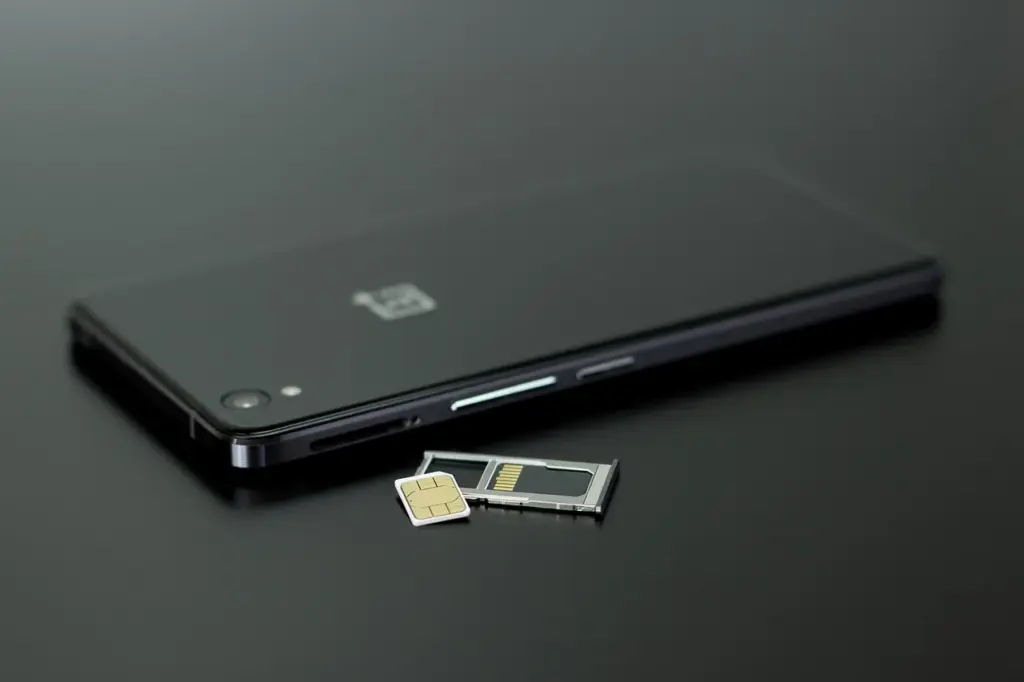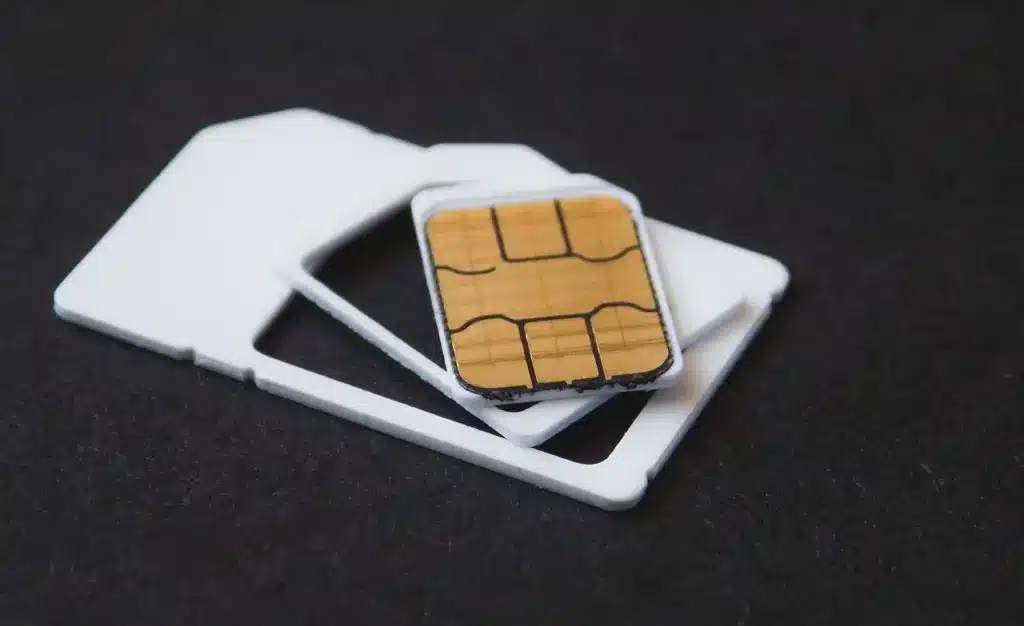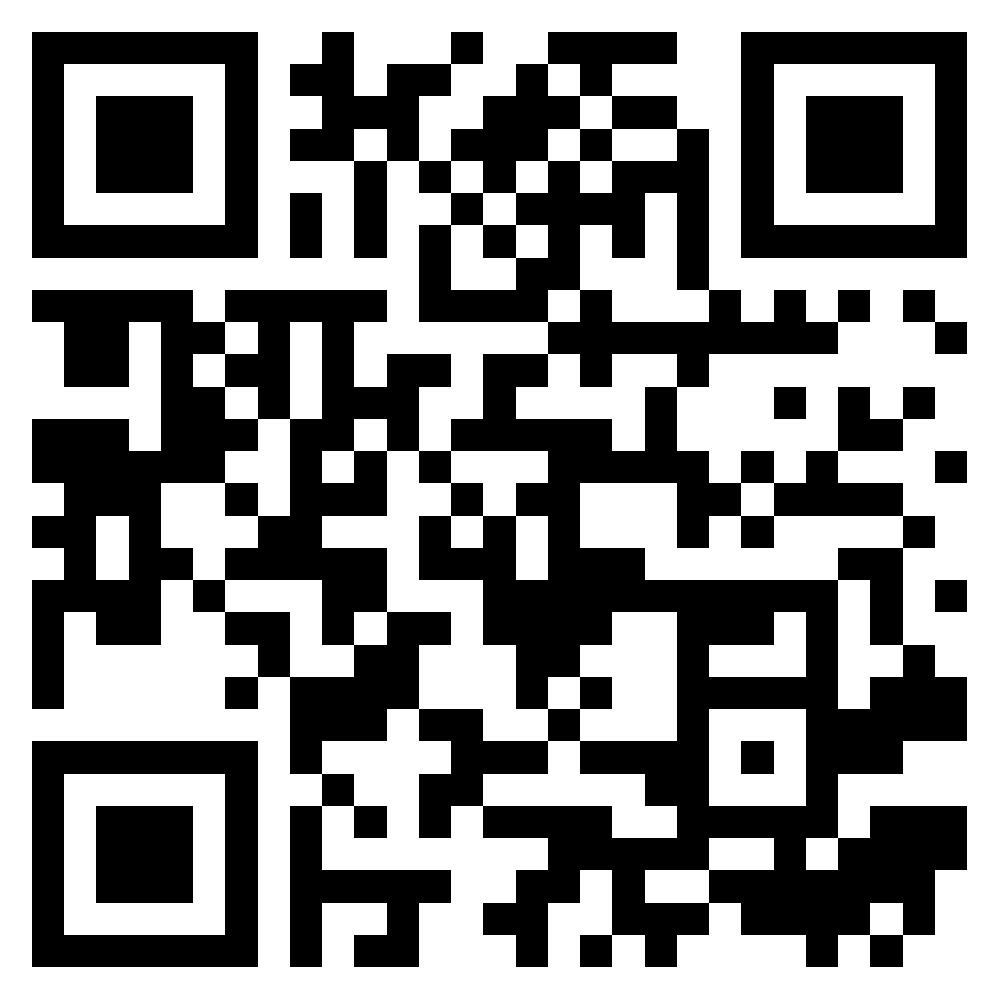Planning an overseas trip in 2025? Choosing the right SIM card for international travel is one of the smartest decisions you can make before boarding your flight. Staying connected is no longer a luxury but a necessity for navigating maps, booking rides, sharing memories, or staying in touch with family and colleagues. Whether you need a travel SIM card for a short vacation, a global SIM card that works across multiple countries, or simply want to understand how international SIM cards work, this guide will help you make the right choice. From affordable prepaid SIM cards to flexible plans with unlimited data, finding the best international SIM card can save you money, keep your phone connected, and make your journey stress-free.
In 2025, staying connected while abroad is easier and more flexible than ever. With the rise of eSIM technology, travelers no longer need to swap out physical SIM cards at every border. Many modern smartphones now support dual SIM features, allowing you to combine your regular number with a travel SIM or eSIM for seamless communication. At the same time, global data plans and prepaid international SIM cards have become increasingly competitive, offering reliable coverage, transparent pricing, and peace of mind whether you’re traveling for business, leisure, or long-term adventures.
If you’re unsure which option fits your trip, you can compare the best international eSIM plans directly on esimseeker.com to find the most affordable and reliable solution for your destination.

Do you need a SIM card when traveling internationally?
When planning an international trip, one of the first questions most travelers ask is how they will stay connected abroad. While hotels, cafés and airports may provide free wifi, depending solely on public networks can be unreliable and unsafe. A SIM card for international travel gives you access to mobile data, calls and texts across different countries, allowing you to stay connected, navigate maps, and communicate with friends or business contacts. Unlike costly roaming services, an international SIM or a prepaid travel SIM card provides more control over your expenses.
Travelers today have multiple options: local SIM cards purchased on arrival, global SIM cards available online, and even digital solutions like eSIM. Choosing the right card ensures that you avoid high roaming charges, maintain strong network coverage, and enjoy unlimited data or flexible plans depending on your destination.
How does a SIM card function when you’re abroad?
A SIM card works as the small chip that identifies your mobile number and connects your phone to a carrier’s network. When you travel abroad, your regular card may attempt to connect through roaming agreements with foreign networks. This often comes with extremely high costs and limited data allowances.
By using an international SIM card, you bypass those roaming fees. The card is programmed to connect to multiple networks across different countries. Whether you are in Europe, Asia, or the USA, a global SIM card automatically switches to a local partner network, offering better rates and coverage. This flexibility makes it a reliable option for international travelers who need to remain connected without worrying about surprise charges.
Understanding how international SIM cards work
IInternational SIM cards are designed with global compatibility in mind. Instead of being tied to one local operator, they give travelers access to multiple mobile networks around the world. These cards typically come with prepaid plans, allowing you to buy data packages, call minutes and text allowances before departure.
For example, some providers offer 30-day unlimited data plans valid in over 100 countries. Others provide pay-as-you-go services where you purchase credits and only pay for what you use. Customer reviews often highlight the convenience of being able to insert one card and travel across multiple countries without needing to swap SIM cards each time you cross a border.
Types of SIM cards for international us
Prepaid vs postpaid options
The majority of international travel SIM cards are prepaid, meaning you pay in advance for a set plan. Prepaid cards are flexible, with options ranging from a few days to several months, and often include unlimited data packages. Travelers appreciate prepaid cards because they allow full control of spending and can be recharged online at any time.
Postpaid options, by contrast, are linked to billing cycles and usually require contracts. While postpaid plans offer good coverage, they are rarely ideal for short trips abroad because they lock you into longer commitments and may not be as cost-effective as prepaid cards.
Choosing the best international sim card
Factors to consider: Your destination
Where you are traveling plays a major role in your choice. For example, a SIM card for Europe may not cover Asia, while some global SIM cards work in over 150 countries. Travelers visiting only one country may benefit from buying a local SIM upon arrival, while those moving between countries, like backpackers or business travelers, may prefer global SIM cards.
Data, calls, and texting options
Check whether the SIM card provides unlimited data or capped allowances. For heavy users who rely on streaming or navigation apps, unlimited data is the most practical choice. For those who mainly use WhatsApp or emails, smaller data packages might suffice. Some cards also include call minutes and text options, which can be essential if you need to contact hotels, airlines or local services.
Budget considerations
Prices vary widely depending on the provider and destination. While local SIM cards may cost as little as a few dollars, global SIM cards can be more expensive but save money in the long term if you travel frequently. Reading reviews, comparing customer service, and checking the fine print about roaming and hidden charges helps you avoid surprises.
Things to keep in mind before getting an international SIM

Is it possible to use your current sim card abroad?
Most carriers offer international roaming add-ons, but these are often very expensive. While convenient, using your current sim card abroad may cost more than buying a travel sim card or international sim.
What if your phone is locked and doesn’t allow SIM changes?
A locked phone will only accept sim cards from your carrier. Before traveling, check whether your device is unlocked. Both iPhone and Android phones can be unlocked by contacting your carrier or purchasing an unlocked version directly.
Can you recharge an international SIM card?
Yes, most prepaid sim cards for international travel can be recharged online. Some also allow local top-ups in certain countries. Always check if your plan allows recharging or if it expires after a set number of days.
How to obtain a SIM card for international travel?
Where to find it?
You can buy SIM online before departure, at airports upon arrival, or from local mobile stores. Purchasing before departure ensures that you land already connected, while buying on arrival may be cheaper but requires time and sometimes navigating language barriers.
Setting up and activating
Setting up an international sim card is usually straightforward. Insert the card into your phone, configure the APN settings provided by the operator, and restart your device. Once activated, your phone will automatically connect to the best local network.
Purchasing a physical card upon arrival
Pros and cons of picking up a sim on arrival
Buying a local SIM card upon arrival is often cheaper and provides the best local network coverage. However, it can also mean waiting in lines at the airport, providing ID documents, or facing language difficulties. For short stays, this might be more hassle than it is worth.
Enrolling in an international plan with your current carrier
Benefits and drawbacks of international add-ons
Most carriers now offer daily or weekly international roaming packages. The main advantage is convenience since you can keep your current number. The drawback is that these plans are often more expensive than prepaid international sim cards and rarely offer unlimited data.
Top international SIM cards for travelers
Several providers are highly rated by frequent travelers:
| Provider | Coverage | Example price & validity | Key features |
|---|---|---|---|
| Orange Holiday (Europe) | Europe (~30 countries) | €21.99 – 12 GB + unlimited calls within Europe + 30 min worldwide (14 days) | Reliable network, calls included, easy recharge |
| Orange Holiday 500 GB | Europe (5G/LTE) | €169.99 – 500 GB + unlimited calls/SMS (90 days) | Huge data allowance, long validity |
| TravelSim (Global) | Worldwide (zone-based) | $49 – 25 GB for 14 days, or $13 – 5 GB for 7 days | Wide coverage, flexible regional pricing |
| Telestial Global SIM | 200+ countries | Starting at $19.95 (worldwide or Europe-specific options) | Budget-friendly, supports GSM/3G/4G |
| Orange Holiday World | Worldwide (zones 1–3) | $49.90 – 10 GB (Zone 1 countries, varies by region) | Plug-and-play, automatic activation, broad coverage |
| SimCorner (France) | France / Europe | $24 – 12 GB valid for 30 days (France SIM) | Local option, great for single-country trips |
Don’t forget your wise multi-currency card when traveling abroad
Apart from staying connected, managing your money abroad is also important. A Wise multi-currency card helps you pay in local currencies, save on fees, and purchase online with better exchange rates. Combining a travel sim card with a Wise card gives you both connectivity and financial flexibility.
Connecting to the internet abroad with your phone
Most modern phones, including iPhone and Android models, allow hotspot tethering. With an international sim card, you can connect your laptop or tablet on the go. Always check whether your plan includes tethering and whether unlimited data is truly without restrictions.
Are international SIM cards compatible with all phones?
Most unlocked phones work with international sim cards. However, some devices may not support all local frequencies. Always check compatibility before purchase to avoid issues, especially with older models.
Does my phone need to be unlocked for international SIM use?
Yes, an unlocked device is essential for using an international sim card. If your phone is locked, contact your carrier before your trip. On iPhone, you can check under Settings > General > About, while on Android you can test by inserting another carrier’s sim card.
Using an international SIM card on newer phone models
Newer phone models, including the latest iPhones and many Android devices, now support both physical SIM cards and eSIM. This dual compatibility allows you to use your regular number and an international sim at the same time, making it easier to stay connected at home and abroad.
International SIMs or eSIMs, which one to choose?
A SIM card for international travel remains one of the most practical solutions for staying connected abroad. It offers flexibility, prepaid options, and global coverage across multiple countries. For many travelers, prepaid international sim cards strike the right balance between convenience and cost.
However, travelers should also know that digital eSIM technology is becoming a popular alternative. Instead of inserting a physical card, you can activate an eSIM instantly by scanning a QR code. This option is especially convenient for frequent travelers and those with newer phones. If you are wondering what an eSIM is or want to understand the difference between an eSIM and a physical SIM, our guides explain everything in detail. You can also learn how to activate an eSIM step by step before your next trip.
For a detailed comparison of the best options available this year, check our complete guide here: the best esims for international travel.
👉 Ready to choose the perfect plan for your next trip? Use our eSIMSeeker international SIM and eSIM comparison tool to find the best option and stay connected wherever you travel.
Other articles
-
-
30 September 2025
-
5 September 2025



